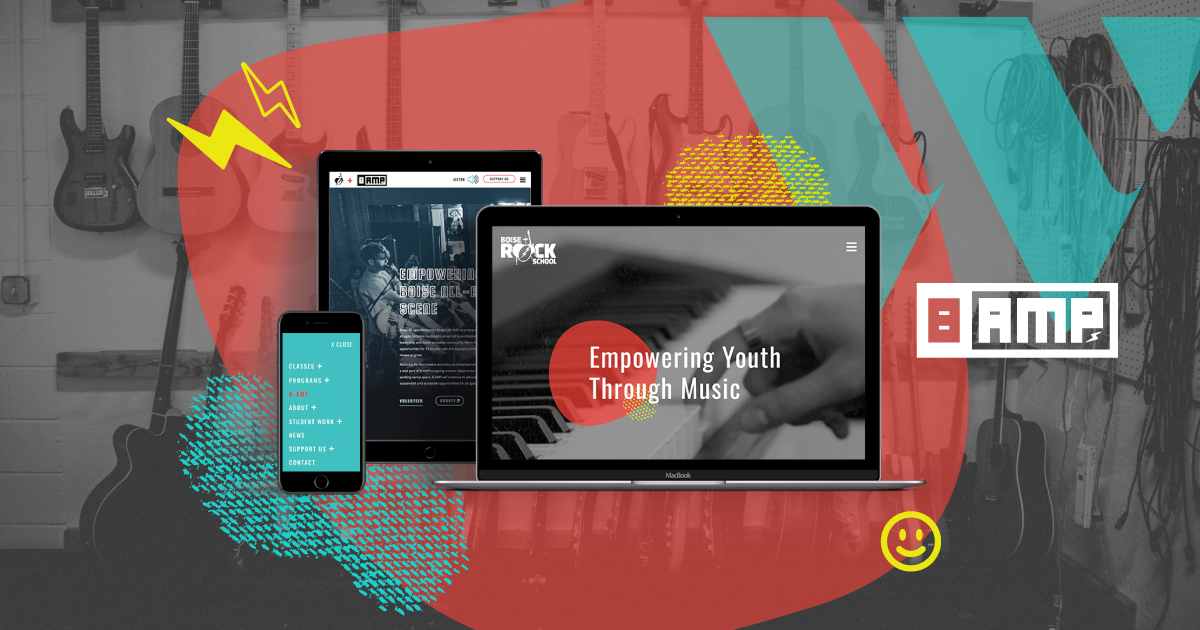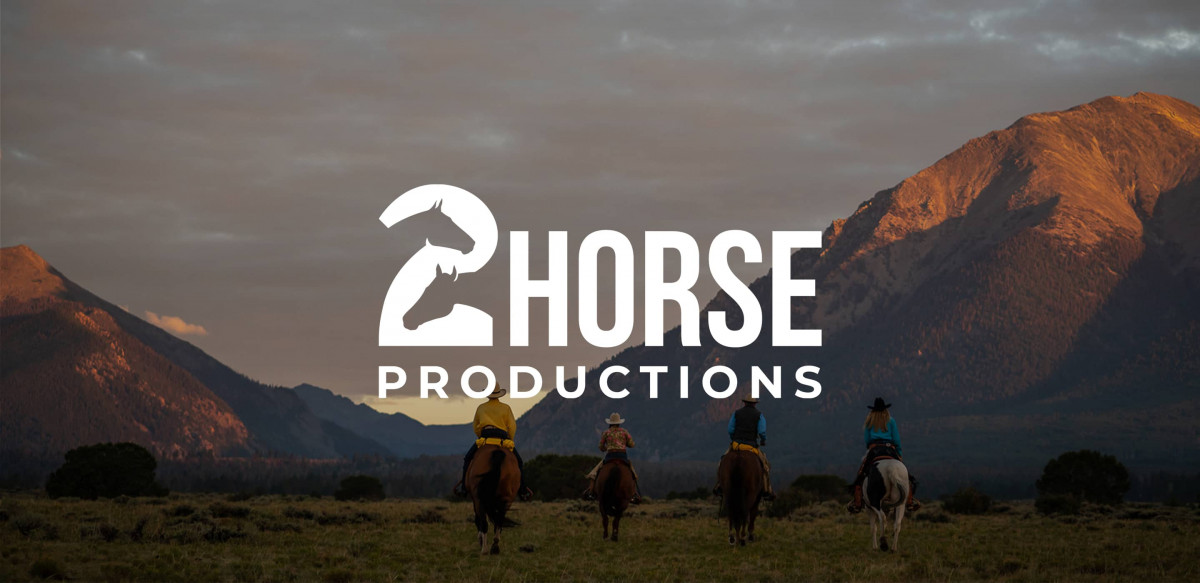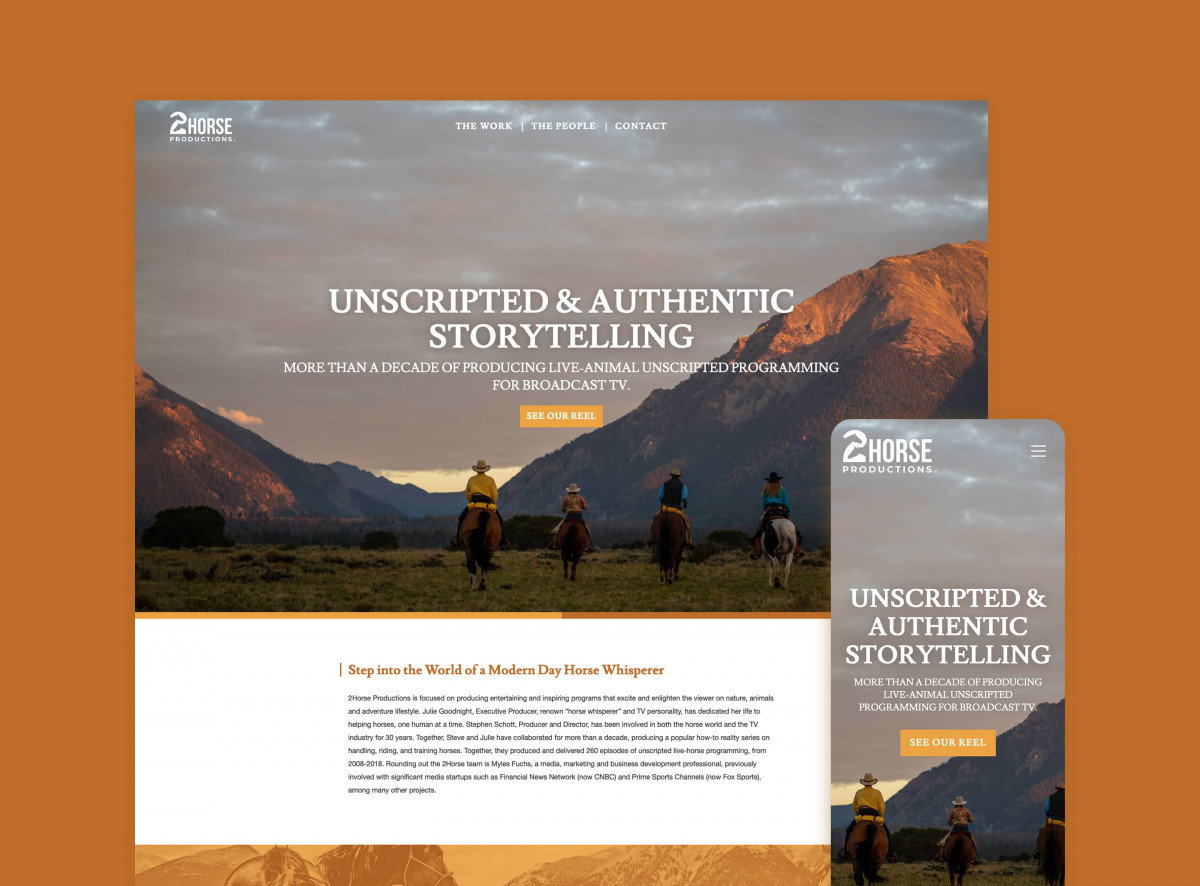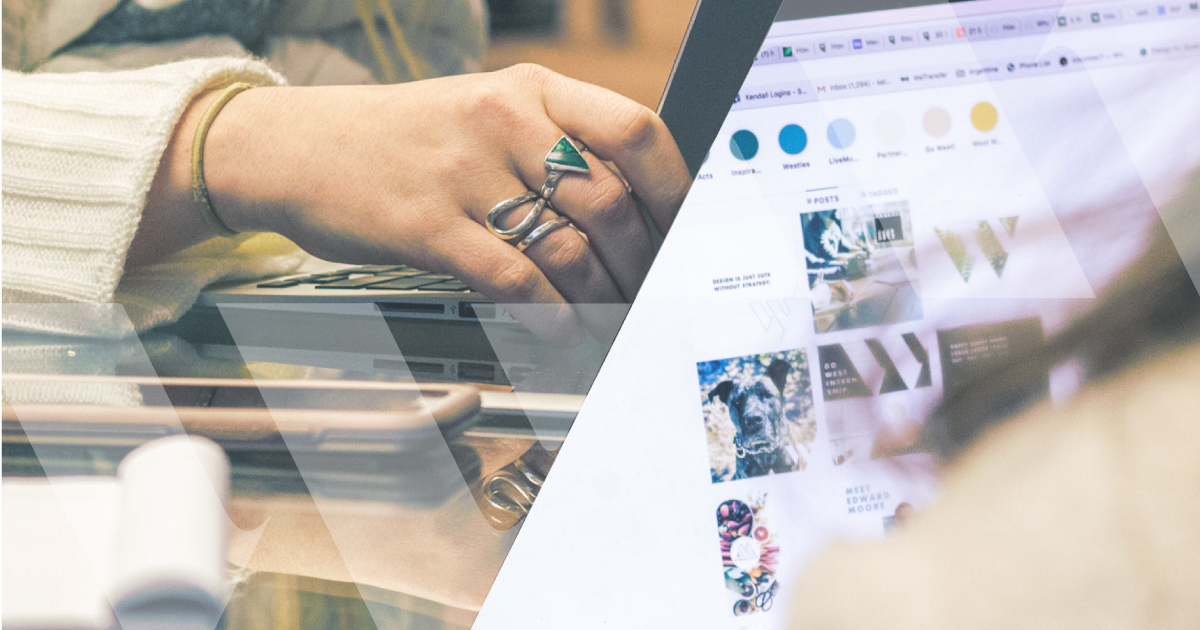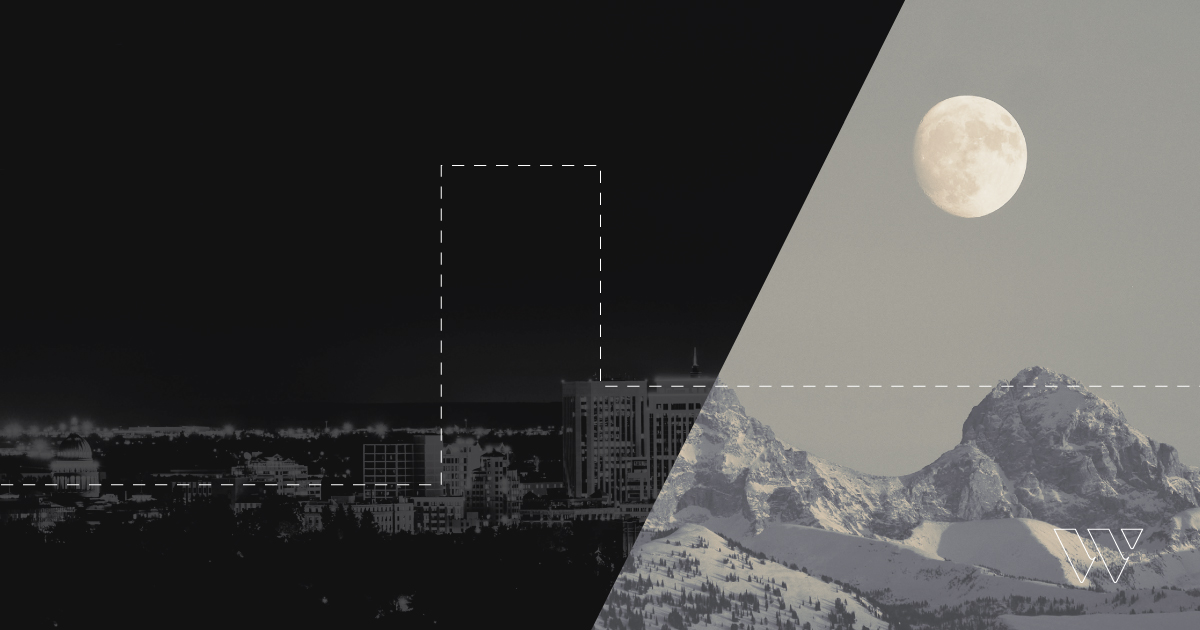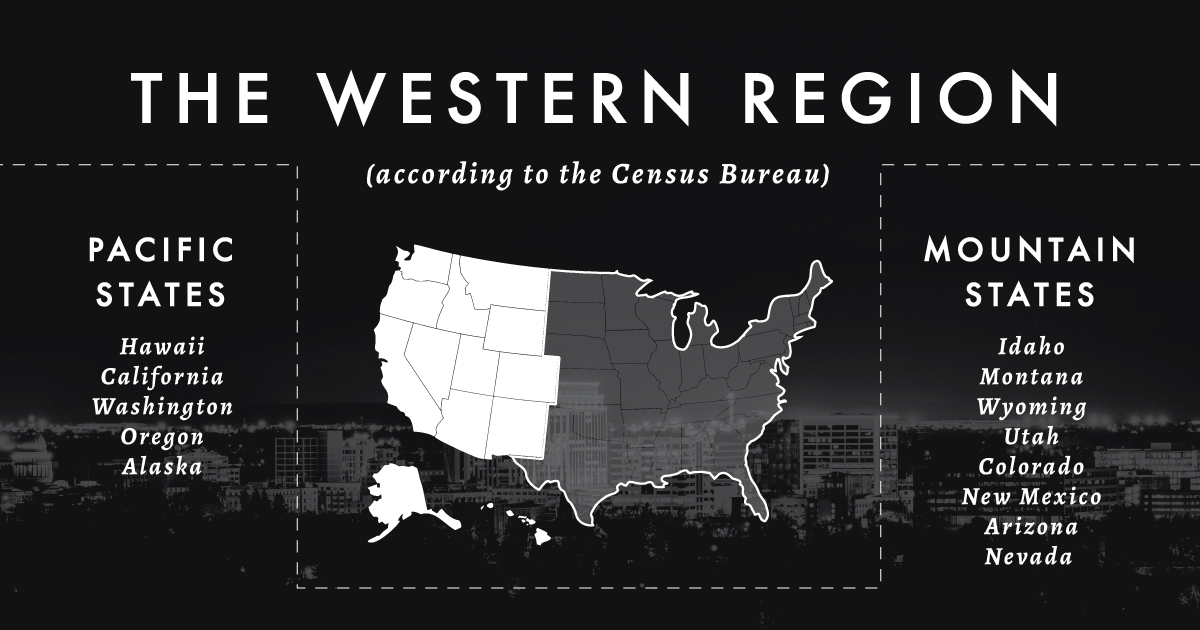7.24.20 | read time: 4 min
116 & West Loves Boise Rock School
116 & West
We knew we were doing something special when we chose Boise Rock School (BRS) as our 2019 Pro bono partner. Because they (and all of our other fantastic partners) do such incredible things for our community, we were so excited to see what our partnership could help them accomplish. Now that we’ve come to the end of our partnership, we’d like to share what we’ve created.
We began with a series of meetings and lots of research. With BRS with us every step of the way, we developed a plan to help them reach their goals:
Marketing Brief
Our main goal for Boise Rock School was to help them clearly explain the value of BRS and its sister brands. We wanted to refine the logo and improve the website so BRS could professionally demonstrate how important they are to Idaho’s youth in order to receive the support they need to fulfill scholarships, pay their employees, and ROCK ON.
We laid out our tactics for helping Boise Rock School in a marketing brief. We included industry and competitor research, a SWOT analysis, wrote important positioning statements and brand pillars for Boise Rock School, Rock on Wheels, and the Boise All-Ages Movement Project (B-AMP).
The brief also explained how we would go about improving their logo and website, as well as explored how BRS could better market it’s incredible qualities and differentiators.
Logo
Boise Rock School’s logo has been a very recognizable staple in Boise since 2008. So, our goal was to freshen it up a little and allow for some fun new design elements for special events.
The more extensive logo work was to create a new logo for their sister organization, B-AMP. B-AMP is a nonprofit dedicated to establishing an all-ages, inclusive music/arts venue led by professional mentors to empower youth leadership and foster a creative community.
The logo was designed to be both professional and edgy. The “B” in the logo represents an electric plug, which not only quite literally represents the plugging in of an amplifier, but can also serve as a representation of how B-AMP exists to help kids “plug into” the music scene. We also made bold choices with the color and the font to best reach the target audience: kids and teens. The lightning bolt represents the connection to BRS, which includes a lightning bolt in the kick drum.
Brand Guide & Creative Direction
Alongside the logos, we helped BRS and B-AMP establish rules for their branding. We developed a color scheme, fonts, and usage regulations for their logo. We also helped them establish an art direction, so they can maintain consistency across all their materials—from slide decks to handouts.
Messaging
The audience for the BRS website casts a wide net including students, parents, volunteers, donors, as well as community and board members. We wanted to make sure BRS kept their rock-and-roll edge and fun personality, yet remained professional and serious.
Their tone needed to do a couple things. First, the messaging and tone had to speak to their primary clientele: kids and teens (and their parents). Second, the copy and tone had to impart how impactful BRS is to the positive growth and development of the youth in the community.
We also helped them to tailor specific messaging for presentations to the community and board member audience.
Website
Boise Rock School’s new website was not only a fun project to work on strategically and creatively, but it also meant a lot to us because of what the organization does for our youth and the community.
First, the site required a rockin’ design and streamlined messaging. We moved the former B-AMP website to a newly designed page under the BRS branded site to bring more cohesion and consistency to both organizations. Keeping the Boise Rock School programs under one house was important for the audience to see the breadth and impact of the organization. And, since each program is tailored to a different audience, it was important to distinguish BRS and B-AMP with different copy and aesthetic design, yet make them complementary to one another.
In addition to making changes to the site organization and navigation, we included a number of important features including a music player featuring Boise Rock School student work, and multiple forms making it easy for users to sign-up, get involved, or donate to one of the BRS programs. Other functionality includes multi-calendar filtering, online payment/donation capabilities, instructional videos, an integration with SoundCloud, a fun photo gallery, and a library of resources.
View the website >>
It was an honor to work with the BRS/B-AMP team on this project and we wish them continued growth and success in the future!

